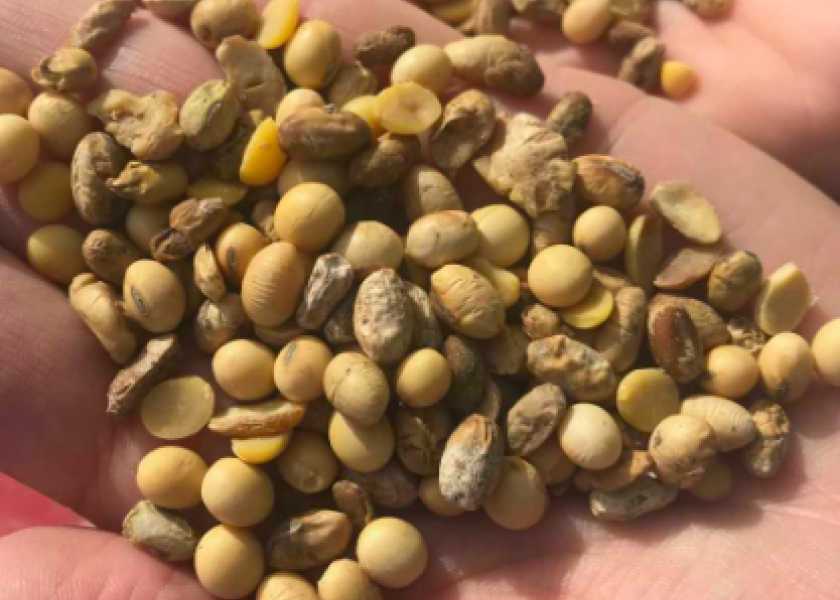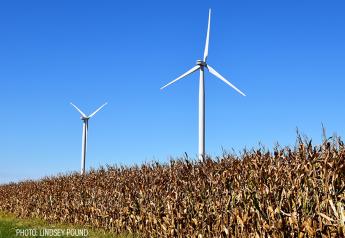Avoid Soybean Agronomic and Financial Pitfalls

While frigid cold temperatures might make spring planting seem far away it will be here before you know it. Because this year promises to bring more financial challenges make sure you’re making smart choices to maximize output and profit on every acre.
Because of trade uncertainty, excess supply and other factors, soybeans look to be especially challenging this coming season. Expect a 5% to 8% reduction in national soybean acres, with most of them coming from less traditional soybean-growing states, says Shawn Conley, Extension soybean agronomist at University of Wisconsin.
“There is going to be a lot of pressure [for farmers] to buy cheap seed to cut costs,” Conley says. “When you cut costs too much you cut profitability.”
The single most important decision you make each year is variety, he adds. That sets up the crop’s yield potential and weaknesses from the get-go—and the right or wrong choice will make or break your year.
Consider on-farm trials, but don’t put all of your eggs in one basket, Conley says. “Weather changes. Look at your data and data from those near your and regionally.”
Look for not only the stand-out winners but the losers, too. “If you plant a dog, you’re gonna harvest puppies,” Conley explains.
Low quality soybeans mean you need to make smart seed and seed treatment decisions. Soybeans across the country were inundated with bad weather, which leads to lower germination and other quality issues.
“Pay attention to seed tags and germination percent,” Conley says, “and if you’re considering cutting seeding rates [to save costs] be cautious when germination is 85% or less.”
Furthermore, widespread phomopsis means seeds, even the ones that do germinate, are fighting against seed-borne fungi. Areas that received rainfall near harvest, which was much of the country, saw an explosion of phomopsis.
“There are years when you can’t get away with cutting seed treatments,” Conley says. “This is one of them. The biggest issue is phomopsis and you might even need to spend a little more on your seed treatment as not all [base-level treatments] have an effect on phomopsis.”
Research the active ingredients in your seed treatment and ask an agronomist if it will protect the seed from phomopsis. If it doesn’t, look into an option that does. A seed treatment, even on lesser quality seed, can boost germination 8% to 12%.
What you need to know about breeding advancements and nutrient uptake. Conley says breeders are making soybeans more efficient but it’s still important to pay attention to nutrients.
- Breeders have made soybeans flower a week earlier than they used to
- Soybeans now spend more time in the reproductive stages
- Don’t give yourself a nitrogen credit for soybeans, 90% of the nitrogen is harvested with the seed
- The only two situations you should add N to soybeans is in irrigation or dropping more than 175,000 seeds—but even in these cases it’s a yield benefit, not necessarily more profitable
- Be mindful of potassium in soybeans—they do need it and it might need adjusted
In addition, breeding over time has made soybeans bushier which brings benefits by closing the rows, allowing you to reduce populations per acre and puts more pods on individual plants.
“Today’s soybeans put on three times the amount of yield in branches than they used to,” Conley says. “This cuts the penalty for low populations in half.”
Therefore, even in less than optimal planting and early season conditions, soybeans can compensate. Conley says the optimal seed drop in normal soil conditions is 100,000 bu. per acre (more in lower quality soil). Furthermore, you shouldn’t replant any stand count between 100,000 and 50,000—it only provides about a two bu. advantage.







